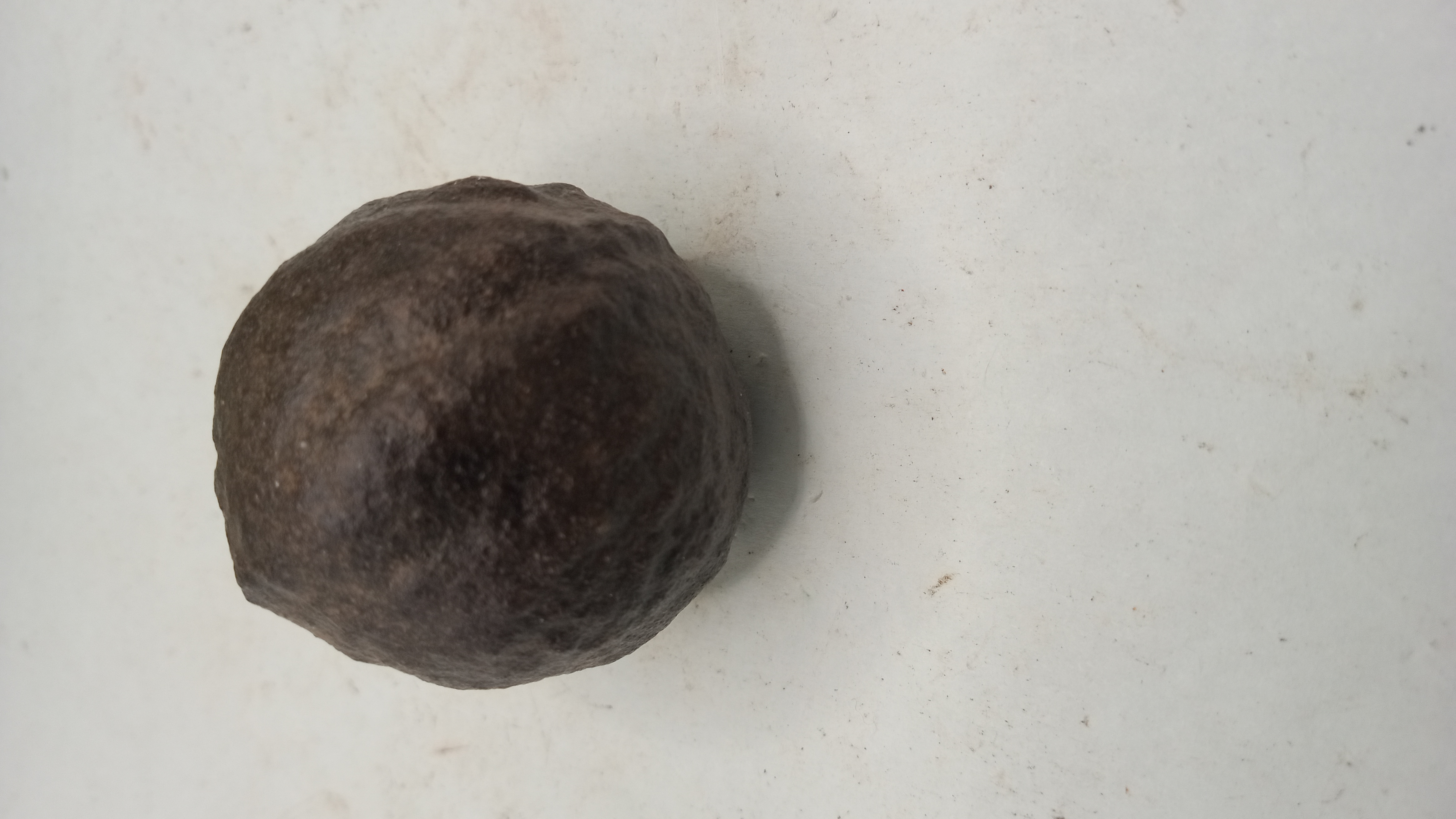
Moqui Marble - Utah ~ Unique Natural Shape ~
Utah USA
$31.29$26.88
Moqui Marble - Utah ~
Moqui Marbles in Utah are iron-rich sandstone concretions found in the Navajo Sandstone, primarily in southern Utah, that formed by mineral precipitation from groundwater around ~180-190 million years ago. They are known by various names, including shaman stones and Navajo berries, and have cultural significance to the Hopi people, who believe they are the playful remains of their ancestors' spirits. Collecting Moqui Marbles from public lands is illegal, but they can be observed in locations like the Grand Staircase-Escalante National Monument.
Formation and Geology
Moqui Marbles are small, spherical, or oblong concretions that formed within the Jurassic-age Navajo Sandstone.
They are essentially sandstone grains cemented together by a hard, iron oxide (hematite) outer shell.
The process began when mineral-rich groundwater flowed through the sandstone, dissolving and then depositing iron oxides in concentric layers around a nucleus, such as a sand grain.
Over millions of years, the surrounding softer sandstone eroded, exposing the harder, more weather-resistant marbles on the surface.
Cultural Significance
The Hopi people refer to the marbles as Moqui marbles, a word meaning "dear departed ones".
According to tradition, the spirits of the dead play with the marbles at night and leave them to comfort the living with the assurance that they are happy in the afterlife.
Locations and Legality
Moqui Marbles are found in the desert areas of the American Southwest, especially in Utah's Navajo Sandstone formations.
Key areas include Grand Staircase-Escalante National Monument.
It is illegal to collect or remove Moqui Marbles from state or national parks and many other public lands without a permit.
Scientific Significance
#445